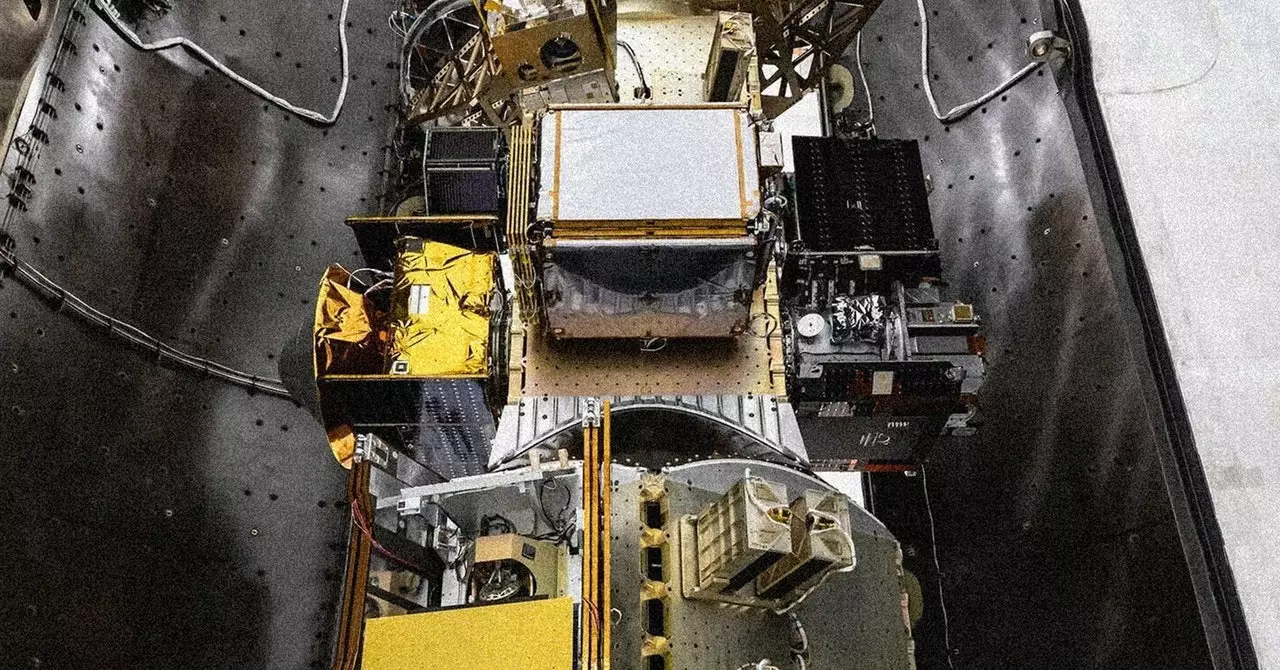Wildfires have become an increasingly concerning phenomenon, fueled by climate change and human activity. As these natural disasters become more frequent and more intense, the need for timely and effective intervention has never been more urgent. The challenge lies in making informed decisions within the narrow timeframes that these fires present. Collins expresses a critical insight: while modern technology can provide rich data, the urgency of how that data is utilized is paramount. Firefighters and decision-makers are often racing against the clock, and every second counts when lives and property are at stake.
The Promise and Pitfalls of Technology
The discussion around technology has shifted from skepticism to cautious optimism, particularly in the context of utilizing artificial intelligence (AI) and satellite data for fire detection and monitoring. Krystal Azelton, senior director at the Secure World Foundation, highlights that while advancements in technology may enhance data availability, the challenge remains in ensuring that this data reaches frontline responders. Her concern raises an essential point: better data alone does not equate to better outcomes if it doesn’t get into the hands of those who need it. The promise of AI is significant, yet it brings with it an inconsistency that can be problematic for crisis responses. It’s not enough to have cutting-edge technology; there must also be robust systems in place for effective data dissemination.
Bridging the Gap Between Technology and Action
Van Arsdale’s team at Fire Sat aims to bridge this gap, focusing on accessibility of their tracking data for firefighting agencies. The initiative aims to alleviate the ‘fog of war’ that often clouds situational awareness during wildfires. Firefighters should not merely be equipped with critical information; they should be empowered to act swiftly based on accurate data. However, as highlighted, simply generating data is insufficient. The effectiveness of these satellite systems relies on the translation of complex data into actionable tactics that can be readily employed by these agencies.
Indeed, while tools such as the camera network by AlertWildfire have proven effective for early detection across the West Coast, the effectiveness of any tool requires cooperative integration into existing firefighting approaches. Just because a fire is detected instantly, does not guarantee that firefighters can navigate the rugged, rapidly changing landscapes of wildfires to confront the blaze effectively.
Information Flow and Community Safety
The implications of having immediate access to fire data aren’t limited just to firefighting agencies; they ripple throughout the broader community. Climate scientist Daniel Swain points out the value of immediate updates for the public, especially for those in proximity to active fires. When community members have access to real-time information, they can make better-informed decisions about evacuations and safety measures. Yet, even with this critical edge, Swain notes that the core issues—prolonged drying periods, tinderbox conditions, and limitations in emergency response capabilities—remain unresolved.
This disconnect raises serious questions about the ultimate effectiveness of these advanced fire detection technologies. Will they truly lead to enhanced safety, or will they simply extend the illusion of control in a scenario fraught with unpredictability? As fire seasons intensify, the urgency for answers becomes increasingly palpable.
The Capitalization of Wildfire Technology
Currently, there is a palpable momentum in the private sector, with businesses eager to harness new technologies to tackle wildfires and, in some cases, to earn lucrative profits from them. This intersection of innovation and commerce brings both opportunity and ethical dilemmas. Industry stakeholders must navigate the responsibilities that accompany advancements in firefighting tech.
While investment is crucial for developing new solutions, it is equally critical to ensure that profit motives do not overshadow public safety and accountability. The solution must prioritize the creation of a framework where technology drives a profound social impact rather than just a financial one. As discussions around AI and satellite technology evolve, it will be imperative to focus on a diversified approach—one that genuinely supports the frontline workers and vulnerable communities affected by these devastating fires.

